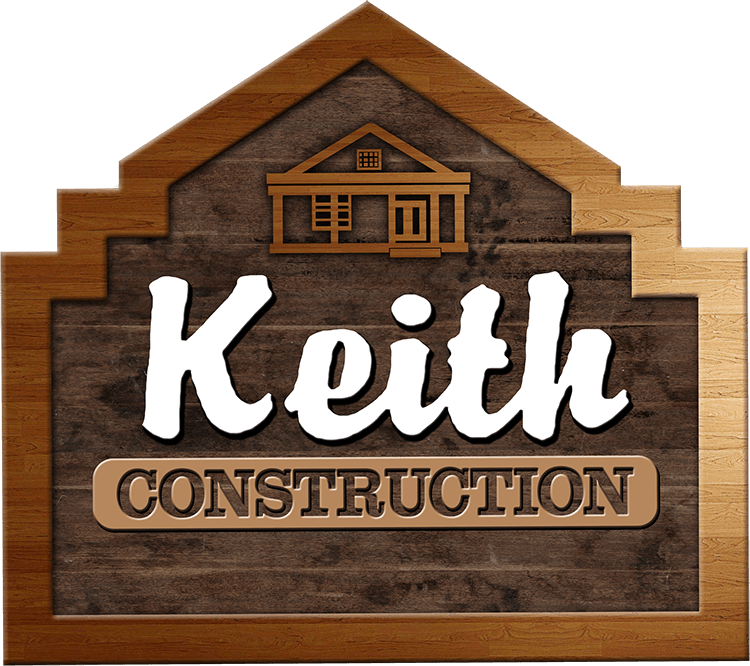1. Trim trees – look for any limbs or trees that could damage your home in heavy winds or snow.
2. Rake leaves.
3. Clean gutters and downspouts.
4. Walk around your home and look at the roof, soffit, siding and foundation and repair any deficiencies found.
5. Seal any gaps that critters can enter. Think mice, bats or bees.
6. Check sidewalks, stairs, exterior railings and driveway for winter safety.
7. Store summer tables & chairs.
8. Clear away items that interfere with shovelling.
9. Stock up on winter supplies. Check the condition of shovels, ice scrapers and ice melter. Restock emergency kits in your cars and home.
10. Shut off exterior faucets. Undo hoses, drain and store.
11. Add weather stripping where needed.
12. Check safety devices. Test smoke and CO detectors, check expiry date and replace as needed.
13. Check expiry date on fire extinguisher and replace if needed.
14. Remove window A/C units.
15. Clean dryer vents.
16. Schedule furnace check.
17. Change your furnace filter.
18. Check chimneys of wood burning fireplaces and clean as needed.
19. Repair any dripping faucets (inside & outside). Put food dye in toilet tank to check for leaking seals…repair as needed.
20. Anything else you can think of….
Recent Posts
- New Year, New Home: How to Plan Your 2025 Build or Renovation
- How We Ensure Transparency and Communication During Construction
- The Role of Project Coordination in a Successful Renovation
- The Importance of Quality Materials in Home Building
- Fire Smart: Comprehensive Strategies to Protect Your Okanagan Home Against Fires
- Designing for Aging in Place: Making Your Home Accessible and Safe
- Creating Outdoor Oasis: Landscaping Tips for Your Dream Home in the Okanagan
- Innovative Technology in Home Construction: From Smart Homes to Energy Efficiency



